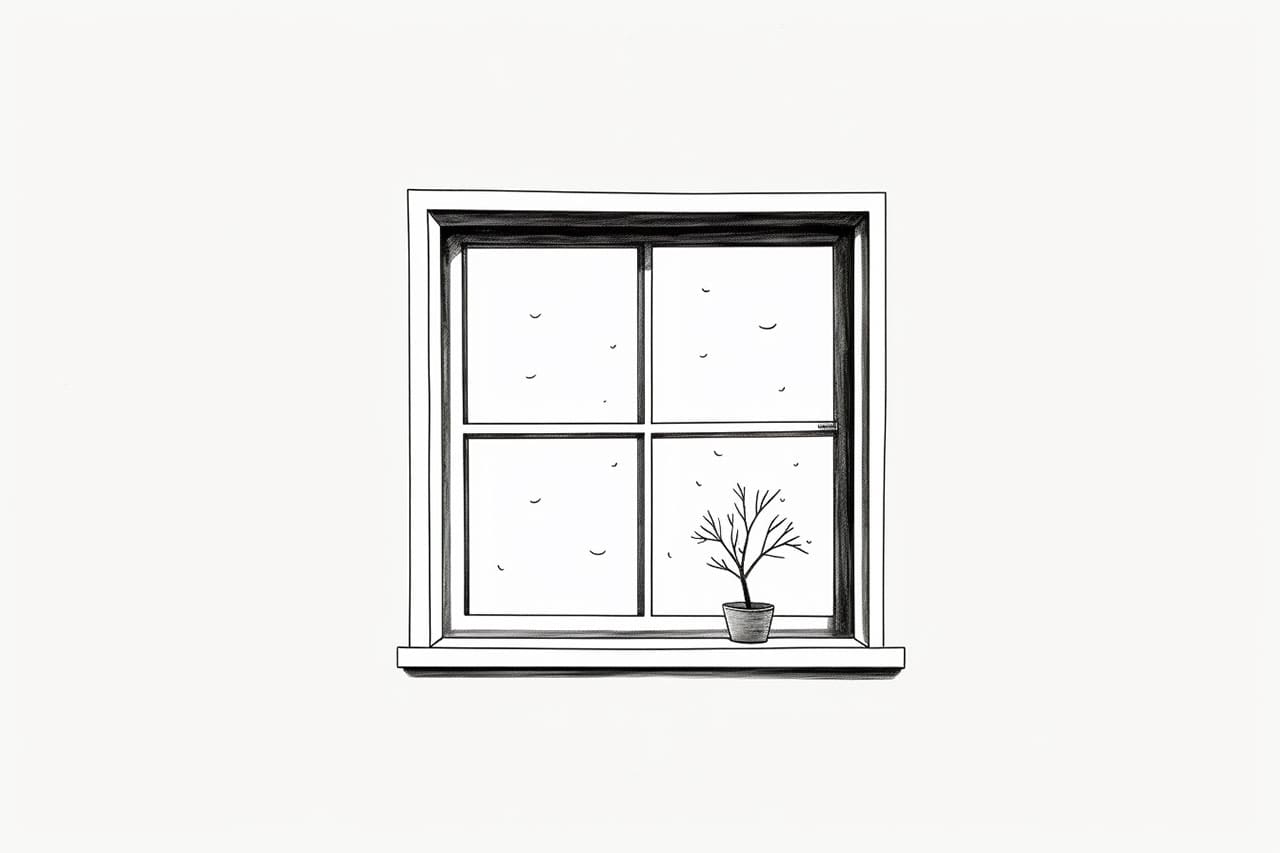Welcome to this step-by-step tutorial on how to draw a window. Windows are essential elements in architectural drawings and can add depth and realism to your artwork. Whether you are drawing a house, a building, or a landscape, learning how to draw a window will enhance your drawing skills. In this tutorial, we’ll break down the process into easy-to-follow steps, allowing you to create a realistic and aesthetically pleasing window drawing. Let’s get started!
Materials Required
- Pencil
- Eraser
- Drawing paper
Step 1: Draw the Basic Shape
To begin, draw the basic shape of the window. A typical window is rectangular, so start by drawing a straight vertical line and a straight horizontal line intersecting each other at a right angle. This will form the outline of the window.
Step 2: Add the Frame
Next, add the frame to the window. Draw another set of lines parallel to the first set, leaving some space between the two lines. This space will represent the width of the window frame. Connect the ends of the lines to form the frame of the window.
Step 3: Draw the Sash
Now, draw the sash of the window. The sash is the movable part of the window that holds the glass. Draw two more lines parallel to the first set of lines, inside the frame, to represent the thickness of the sash. Connect the ends of these lines to form the sash.
Step 4: Add the Glass
To complete the window, draw the glass panes. Divide the window frame and sash into smaller rectangles, depending on the number of panes you want in the window. Draw straight lines to separate the panes and give the window a realistic look.
Step 5: Add Details
Now it’s time to add some details to the window. Draw handles on the sash and any other embellishments you’d like to include. Pay attention to the architectural style of the building or the setting of your drawing to make the window fit in harmoniously.
Step 6: Add Shading and Texture
To make your window drawing look more realistic, add shading and texture. Shade in the areas where shadows would naturally fall, such as the edges of the frame and sash. Use short, curved lines to add texture to the window frame and sash, giving it a more three-dimensional appearance.
Step 7: Final Touches
Take a step back and look at your drawing as a whole. Make any necessary adjustments and add any final touches that you feel are necessary to make your window drawing truly stand out.
Conclusion
Congratulations! You have successfully learned how to draw a window. Windows are essential elements in architectural and landscape drawings, and mastering the art of drawing windows will enhance your artwork. With practice and attention to detail, you can create realistic and visually appealing window drawings to elevate your artistic skills.
Gallery of Window Drawings


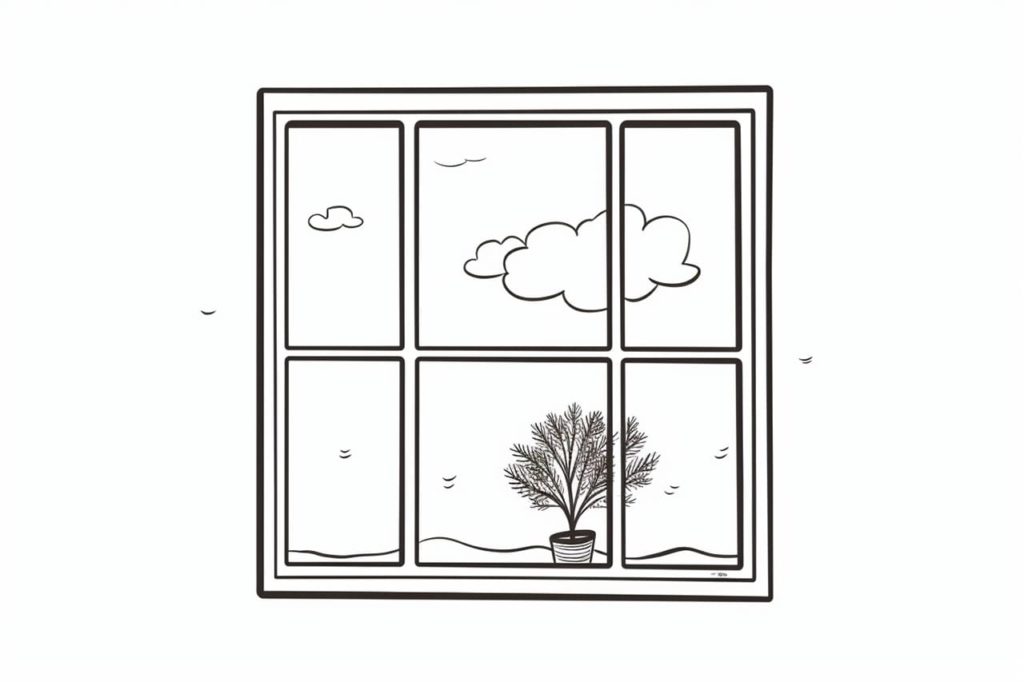
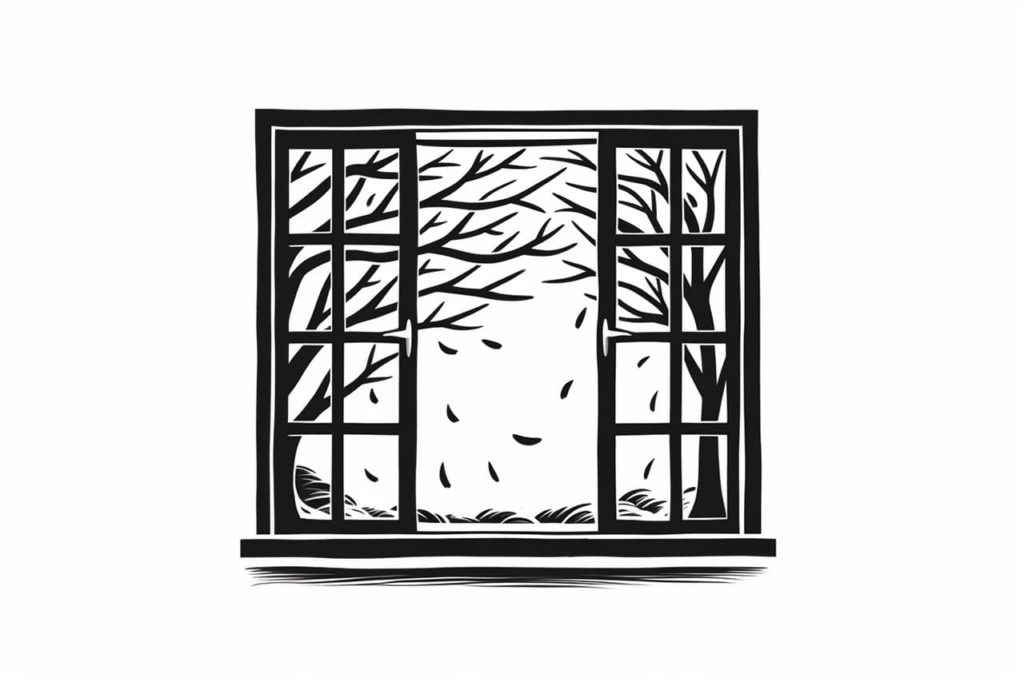
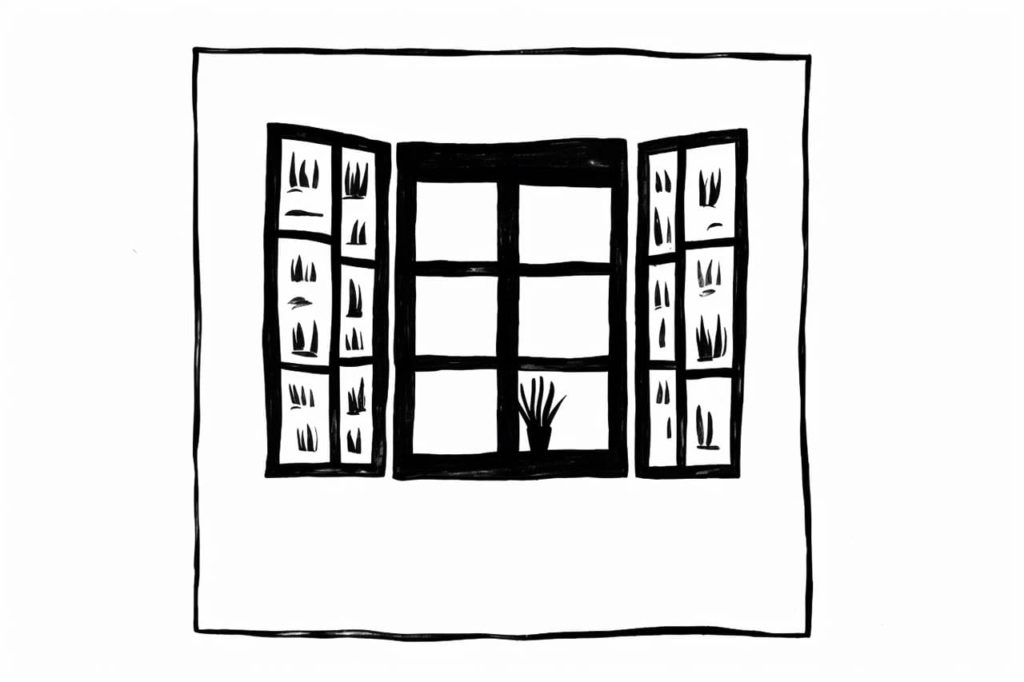
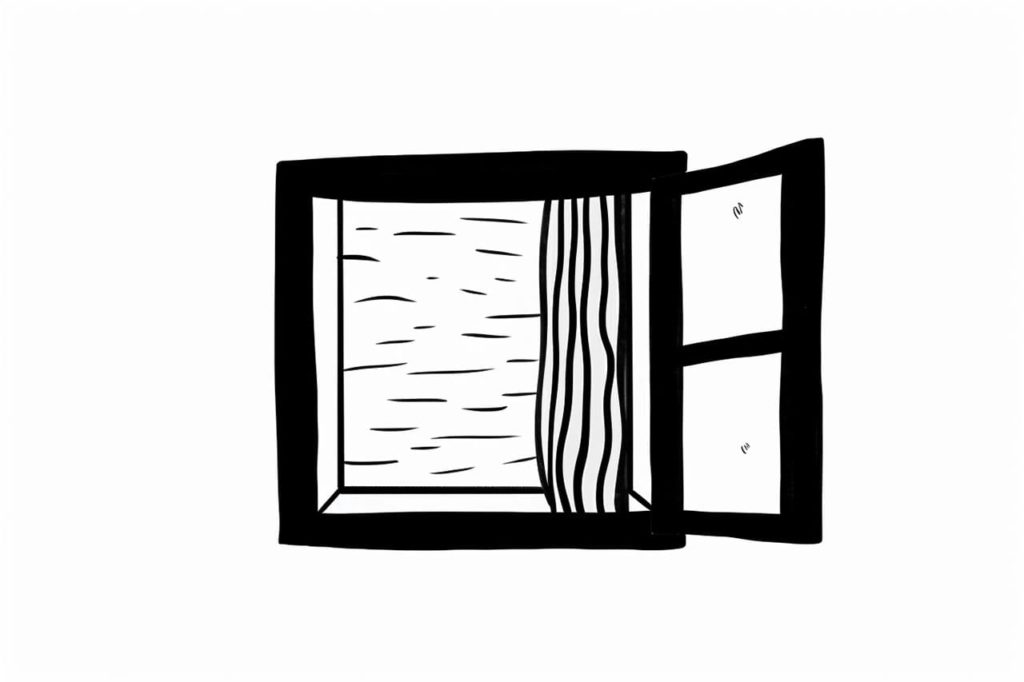
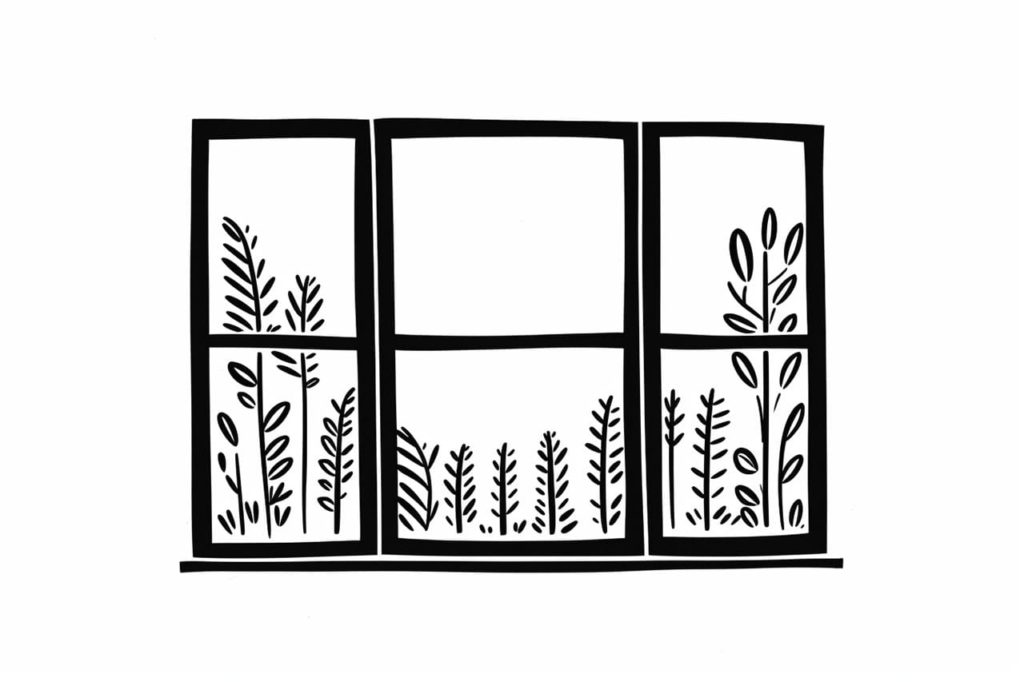
Fun Facts About Windows
- Windows have been used in architecture for thousands of years, with the earliest known windows being simple holes in walls covered by animal hide or cloth.
- The invention of glass windows can be traced back to the Roman Empire, around 100 AD, although they were a luxury only the wealthy could afford.
- Stained glass windows are most commonly associated with Gothic architecture and often depict stories or significant religious figures.
- The British Houses of Parliament’s grand windows remain a stunning example of neo-Gothic design, featuring intricate tracery and leaded glass.
- Bay windows became particularly popular during the English Renaissance, providing additional light and space to interior rooms.
- Double glazing was invented in the 1930s, offering improved insulation by using two panes of glass separated by an air or gas-filled space.
- A window’s size, shape, and style can greatly affect the aesthetics and functionality of a building, helping to define architectural styles.
- Some ancient cultures, such as the Chinese, used paper windows to allow light in while maintaining privacy, especially in modest homes.
- Jalousie windows were developed for tropical climates, featuring horizontal slats that open to allow in air while keeping out rain.
- In literature and film, windows often symbolize opportunities, mystery, or a view into another world, serving as metaphorical portals.
Suggestions for Scenes and Settings for Window Drawings
- Cozy Reading Nook: Illustrate a window seat surrounded by bookshelves, with soft light streaming in and a cat napping nearby.
- Urban Skyline: Capture the view through a large apartment window, revealing bustling city life and towering skyscrapers in the distance.
- Stained Glass Splendor: Create a vibrant scene with sunbeams casting colorful patterns through an ornate stained glass window in a cathedral.
- Winter Wonderland: Depict a frosty window pane with intricate ice patterns, framing a snowy landscape outside.
- Secret Garden Gateway: Draw a quaint cottage window that looks out onto a lush garden filled with hidden treasures and plant life.
- Seaside Retreat: Imagine an open window in a beach house, letting in ocean breezes and overlooking crashing waves and sandy shores.
- Mystical Forest Scene: Show a circular window in a tree house peeking out into an enchanted forest with fairies and mystical creatures.
- Historical Castle Vista: Design a view from a castle turret, overlooking vast rolling hills and medieval villages.
- Nighttime Astronomy: Portray a scene with a telescope by a window under a star-filled sky, planets and constellations visible.
- Vintage Train Journey: Sketch a vintage train’s window scene, revealing a blurred landscape speeding past, with travelers inside enjoying the ride.

